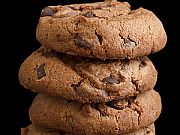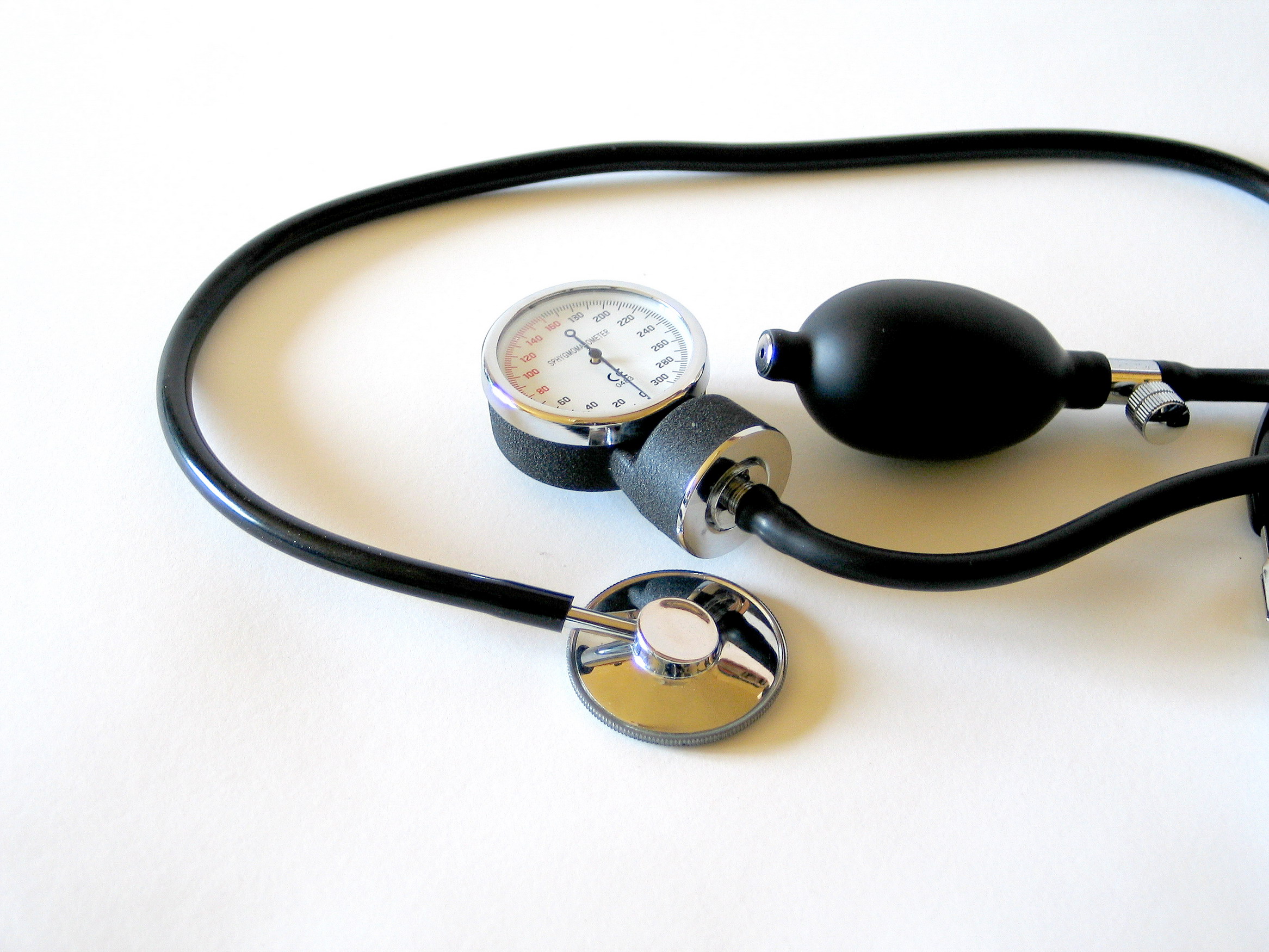
TUESDAY, June 23, 2015 (HealthDay News) — When it comes to edible medical marijuana products, new research shows that ailing people are unlikely to get what they pay for in that pot brownie or chocolate chunk cookie.
Most edible pot products sampled in three major U.S. cities were mislabeled, often containing less active ingredient than promised on the packaging, according to a report published in the June 23 issue of the Journal of the American Medical Association.
“The concern is that people are purchasing a product, and not getting what they are paying for,” said study author Ryan Vandrey, an associate professor of psychiatry and behavioral sciences at the Johns Hopkins University School of Medicine in Baltimore. “These are individuals who are using cannabis for a medical benefit, and they won’t get the benefit if the drug is not in there.”
Only 17 percent of 75 marijuana edibles purchased in San Francisco, Los Angeles and Seattle carried packaging that accurately reported the amount of tetrahydrocannabinol (THC), the chemical in pot that produces a high, the researchers found.
Three out of five marijuana edibles contained less THC than promised. “We had products that were supposed to have 200 milligrams and only had 2 or 3 milligrams,” Vandrey said.
On the other hand, nearly a quarter of edible pot products contained more THC than expected. Patients who take these might overdose and wind up experiencing anxiety, a panic attack, paranoia and, in extreme cases, even hallucinations or acute psychosis, Vandrey said.
“It can be a miserable experience, and through the edible route of administration, that miserable experience can last many hours,” he said of taking more THC than expected.
For the study, researchers collected 75 different edible cannabis products — baked goods, beverages and candy or chocolates — representing 47 different brands. The products were legally purchased from a sample of three medical dispensaries in each of the three cities.
The cities were chosen based on the location of the labs chosen to test the edibles, “because you can’t transport these products across state lines legally,” Vandrey explained.
Researchers also found that a substantial number of medical marijuana edibles — two out of five — did not contain detectable levels of cannabidiol (CBD), a chemical in marijuana that provides medical benefit but does not get the patient “high.”
Only 13 of the 75 products even bothered to label their CBD content, and all were mislabeled, according to the report. Four products contained less CBD than promised, and nine contained more.
The average ratio of THC to CBD was 36-to-1. Only one product had a 1-to-1 ratio, which some research suggests is associated with fewer side effects and improved clinical benefit compared with higher ratios of THC to CBD, the researchers explained.
Mitch Earleywine, chair of the pro-marijuana group NORML, decried the mislabeling.
“A couple of the under-dosed edibles were short over 90 percent of the THC. That’s just plain theft, in my opinion,” said Earleywine, a professor of psychology at the State University of New York at Albany. “The overdosed ones had at least one with more than 50 percent extra. That’s clearly unacceptable and has the potential to be very disorienting.”
However, Earleywine said that the published report did not make clear precisely how much or how little THC the mislabeled products contained, or how far outside the acceptable range they fell.
“I can’t tell if that was a 10-milligram item where 50 percent extra could be a little extra laughter and an earlier bedtime, or an 800-milligram item where a 50 percent increase could mean a really, really rough night,” he said of the product containing too much THC.
Plant-based medical products often can have widely varying amounts of an active ingredient, depending on the crop from which they were manufactured, said Dr. Jeremy Koppel, an investigator at the Feinstein Institute for Medical Research, in Manhasset, N.Y.
“If these guys don’t have to, they aren’t going to spend a lot a money testing and retesting and retesting to make sure their labeling is accurate,” said Koppel, who is studying the use of medical marijuana to treat agitation in Alzheimer’s patients.
Strict regulations that require accurate labeling have not been forthcoming. Marijuana remains illegal at the federal level, and the 23 states that have legalized marijuana for medical use have not committed the resources to make sure consumers get what they pay for, Vandrey said. Four states and the District of Columbia have legalized marijuana for recreational use.
“If states are going to take on the authority and responsibility of making cannabis products available to their residents, then they have an equal responsibility to institute quality-control policies and regulations that ensure labeling accuracy on par with other medicines,” Vandrey said.
Not only medical marijuana products show surprising levels of THC. A recent study conducted in Colorado, where recreational use of marijuana is legal for those aged 21 and older, found the levels of THC in the state’s retail supply was 30 percent. That is three times the level of THC that was typically found in street marijuana three decades ago, the researchers reported.
More information
Visit the U.S. National Institute on Drug Abuse for more on medical marijuana.
Copyright © 2025 HealthDay. All rights reserved.

